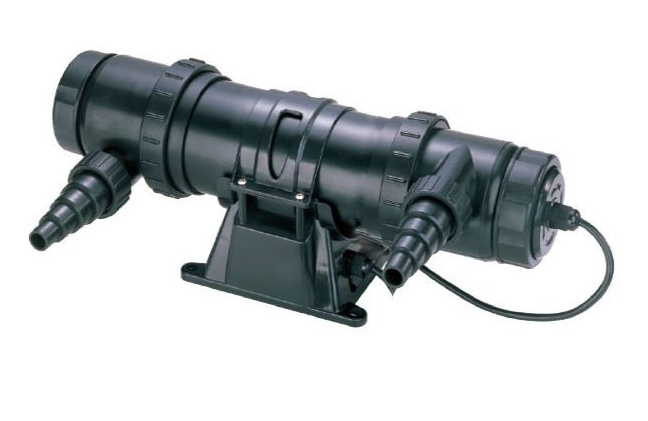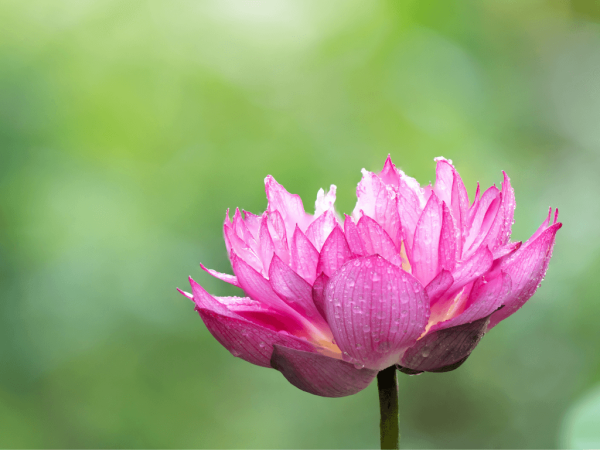UV light for pond algae: how does it work and why use it?
Algae problems ruining your summer pond? Lets get that sorted.
One of the biggest weapons against algae in a pond keeper’s arsenal is a professional standard UVC, or Ultra Violet Clarifier. While blanket weed is best treated with biological or mechanical solutions such as barely straw algaecide, the free floating green algae that causes that murky green/brown tinge to your water needs something a little special.
How algae forms in your pond
Free floating green algae is simply microscopic, single-celled vegetation that grows in your pond water. If ammonia levels in your pond are high, algae is more likely to form as it has a good food source, and a greater than average amount of direct sunlight on your pond gives the cells enough energy to photosynthesize, grow and reproduce, spreading the algae bloom until your pond turns green.
Due to this sunlight factor, algae growth is often in full swing by early summer – just when you want to enjoy your pond the most!
You can test your water chemistry to ensure that the conditions are not optimised for algae growth easily enough, and prevention is half the battle, but algae in early summer is practically inevitable. However, there are some fantastic solutions in the form of pond UVCs.
How does a pond UVC work?
As water flows through your pond filtration system, you can optimise your algae removable by making it flow through a Pond UVC first, before it enters your main filter box.
A normal pond filter comprises of several mechanical and biological stages of filtration. Course and fine media picks up debris from the water, and the bio media captures and breaks down organic matter such as algae. The problem is, that these single celled algae are often too small to be regularly picked up by your media, passing through and being allowed to develop in your pond as if nothing happened.
This is where the UVC comes in. As water passes through the unit, a strong ultra violet light is blasted through the water. This harsh UV light causes algae particles to fuse together, clumping them into large pieces which can then be picked up and broken down by your bio-media, killing the algae dead and leaving you with crystal clear pond water! Easy!

Choosing a pond UV Clarifier
These days, many pond filter systems come with an integrated UVC built in, but if you want to keep your existing system, you simply need to find the best matching UVC for your filtration system and pond size.
There are many makes and models to choose from that vary in quality and efficiency, and usually money is the best indicator of capability, although there are some cheaper models that are fast making a good reputation for themselves. Most importantly, pick the one that matches your pond pump and filters flow rate, maximising the efficiency of your system.
Most reputable pond supply companies will state the rough size of pond that each UVC will handle, making it a little easier for you. Then it is simply a case of buying the right pond pipework to connect your unit into your existing system.
Maintaining your UVC
While everyday operation of your new unit is simple (plug in and play), you need to be aware of the UV output of your bulb.
In each UVC, there is a UV fluorescent tube that shines onto the water through a quartz sleeve. While powerful when new, the UV output is reduced as time wears on, meaning to keep your water clear, you need to change the bulb about every 6 months. Don’t be fooled by the fact the light is still on – this is just the visible light spectrum, it’s the UV that is the useful bit!
That’s pond clarifiers in a nutshell – that wasn’t so bad, was it? Don’t forget, these things run on electricity, so be sure to look at your wiring from your mains supply, and if in doubt about safety, contact and electrician to get things set up.









